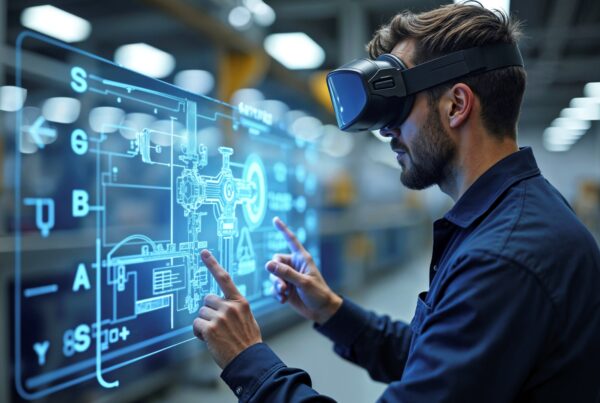Beyond Gaming: Unreal Engine’s Expansion into Industrial Sectors
Unreal Engine, traditionally recognized for its role in high-fidelity video games, has significantly expanded its footprint into diverse industrial sectors. Its advanced real-time 3D capabilities are now driving innovation in fields such as automotive, robotics, architecture, and manufacturing.
This broadening adoption stems from Unreal Engine’s core strengths: sophisticated visual rendering, robust physics, and a versatile development environment. These features, once exclusive to entertainment, offer tangible benefits for industrial applications.
Impact in the Automotive Industry
The automotive sector is leveraging Unreal Engine across its product lifecycle:
- Design and Prototyping: Manufacturers use Unreal to create highly realistic virtual models of vehicles. This enables designers to rapidly iterate on aesthetics, interior layouts, and material choices in real time, reducing the need for costly physical prototypes. Features like Lumen for dynamic global illumination and Nanite for detailed geometry contribute to this fidelity.
- Human-Machine Interface (HMI) Development: Modern vehicle cockpits feature complex digital interfaces. Unreal Engine is used to design and test intuitive infotainment systems and digital dashboards, ensuring seamless driver interaction before production.
- Marketing and Sales: The engine powers interactive online configurators, virtual showrooms, and immersive virtual reality experiences, transforming how vehicles are presented to consumers.
- Autonomous Driving Simulation: Creating accurate virtual environments is crucial for developing and testing autonomous vehicles. Unreal’s capacity to render detailed worlds with precise physics and dynamic lighting provides a robust platform for training and validating self-driving AI.
Advancements in Robotics and Industrial Simulation
In robotics and advanced manufacturing, Unreal Engine is facilitating digital transformation:
- Digital Twin Development: Companies are building high-fidelity digital twins of robots, factory layouts, and production lines within Unreal. These virtual twins receive real-time data from their physical counterparts, enabling:
- Virtual Commissioning: Testing and debugging robot programming and automation sequences virtually, which reduces physical setup time and prevents costly errors.
- Predictive Maintenance: Monitoring the digital twin for anomalies to anticipate equipment failures, allowing for proactive maintenance and minimizing downtime.
- Operational Optimization: Simulating various configurations of factory layouts and robot placements to identify the most efficient workflows.
- AI Training and Synthetic Data: Training advanced AI for robots, particularly for tasks like perception and navigation, often requires extensive datasets. Unreal Engine can generate large volumes of photorealistic synthetic data, complete with ground truth information. This significantly accelerates AI development and helps bridge the gap between simulation and real-world performance.
Are you looking to hire Unreal Engine developers for your team, or are you looking for a new position in the sector? Get in touch at deverett@akkar.com








